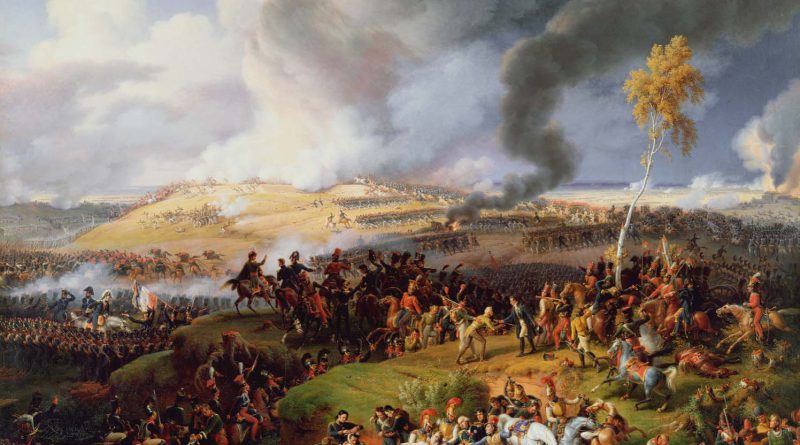Warfare in the Past
History of wars
The first wars didn't come about until the first societies and
civilizations were formed. Researchers believe the first wars took place long
before recorded history and have found evidence of what may have been the first
ever prehistoric war along the river Nile near Egypt’s border. The first war
ever in recorded history took place in Mesopotamia in 2,700 B.C. between the
forces of Sumer and Elam. Enembaragesi, the King of Kish, led the Sumerians to
victory over the Elamites in that war
Although we don't know much about what led to this war, some experts
believe it was likely the result of societies beginning to compete for limited
resources as agriculture began to replace hunting and gathering. Since, this
was one of the first wars to occur, the war served as a fuse for people to
realize that they could wage wars against their enemies to resolve feuds
instead of pursuing peaceful approaches. The most consistent causes for wars to
occur have been clashes in religion or ideologies, conflicts for territories and/or
resources of a specific piece of land and general differences in opinions.
However, since those times, the way wars are fought have evolved. And
with this evolution, the tools used for wars were also forced to evolve.
Evolution of weapons
In the Mesopotamian war, the weapons used mostly consisted of hand-held
weapons such as maces, sickle swords, spears, clubs, knives, swords, shields,
and axes. There were also other weapons such as weapons and slings which
weren’t hand-held. However, with the ever-changing tactics and strategies used
in wars, the weapons used also needed to change. To achieve this, many stronger
weapons such as chariots, tridents, spears, catapults and shields were
introduced. These weapons were a major improvement from the previous weapons
since they could do what their predecessors couldn’t do. For example, the
chariots allowed one man to focus on shooting arrows while the other could take
care of driving the chariot and the catapults allowed the armies to deal with a
group of enemies in one fell swoop. The Greek/Roman empire and the Egyptians
were well-known for their proficiency in war. They were feared on a global
scale because of their formidable strategies and their superior weapons.
However, all of the conventional tactics in wars were soon going to be greatly
altered.
Gunpowder and its effects
In the mid-900s, China had started developing a substance by mixing
saltpeter, sulphur and carbon. This substance had many different names such as
‘Snow from China’ and ‘Chinese salt’. This substance later would become what we
know as Gunpowder. At first, gunpowder was mostly used as a constituent for
firecrackers and afterwards, it was used to improve the already existing
weapons. For example, it was attached to spears so that it could burst in a
small area when it hit the ground. These would then evolve into ceramic pots
filled with gunpowder with a fuse attached to it. This was the earliest
occurrence of a grenade and first used by the Mongols against the Japanese.
The changes that occurred because of the invention of gunpowder was
influential but slow. The circulation of gunpowder took a lot of time. When it
reached Europe, it was observed that only about 14% of men had a gun, out of
which more than half of it was unusable. Buying a gun in those times was
extremely expensive. The best gun that was created by the 1400 was a matchlock
gun, however, reloading the matchlock gun was very time-consuming, so much so
that the enemy would be able to counterattack before they could complete reloading.
Even if the usage of gunpowder was complicated and impractical, once it
was developed enough, it was a deadly addition to country’s weaponry. China was
the first people to use cannons. The Mongols learned this new technology and
used it against Korea. In this way, the existence of gunpowder weapons was
being spread rapidly. The effect it had on wars from that point on is
undeniable. Many weapons such as mortars, muskets and better cannons were
created. With the introduction of these weapons, the ways in which wars are
fought were changed substantially. The engineers of that time were forced to
redesign their walls and fortifications to deal with these newly introduced
explosive weapons.



Comments
Post a Comment